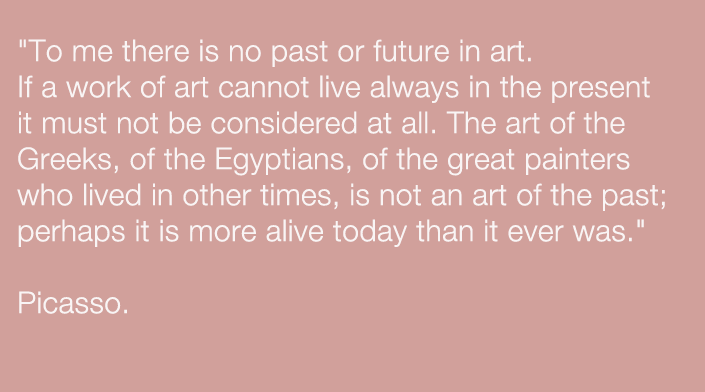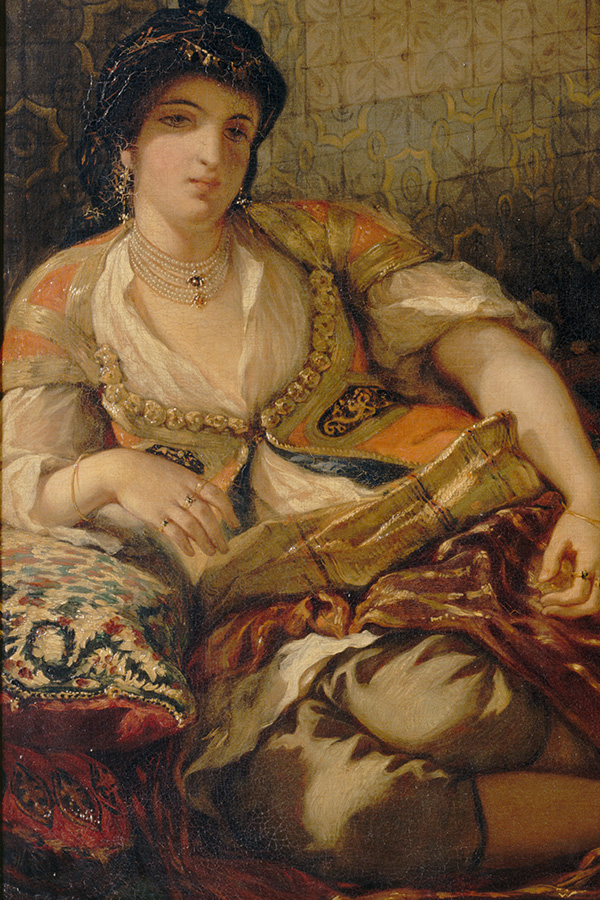The fascination of artists and power in the 19th century with the Orient
The notion of Orientalism in the history of 19th-century art took hold in the wake of the Egyptian campaign (1798) and all Western schools embraced this trend to a greater or lesser degree. However, already in the 19th century the urge painters had felt to set off in a caravan and explore a world that sparked their curiosity was repeatedly called into question. Art critics and enthusiasts were no longer drawn to the endless output of facile scenes combining color and sensuality, lacking a true formal exploration of the cultures, the rich history, and the knowledge of the lands being visited. Later on, several intellectual figures such as Victor Hugo voiced their dismay at the colonial excesses and the mistreatment of places and works of art, highlighting the incredible profusion of humiliated cultures. The political significance of the invasion of Algiers in 1830 underlines the importance of the "Orient" for those in power, in "the absence of a colonial project behind the decision to invade, [which] by no means detracts from the military violence unleashed on the ground."[1] The artists were either accused of espousing imperialist ideas or reviled for producing works with little effort under such circumstances.
Nevertheless, it was against this backdrop that Eugène Delacroix (1798-1863) set off on a journey to Morocco and Algeria in 1832 which led him to produce major pieces and exceptional sketchbooks. Despite his unparalleled technique and sense of color, and having received commissions and all sorts of official honors, the artist rejected the constraints of academic rules; he became known for his "manifesto" paintings during the revolution of 1830 (La Liberté guidée par le peuple) before moving on to different subjects, particularly as a result of these travels (Femmes d’Alger, 1834, Noce juive dans le Maroc, 1841).
Orientalism —initially historical, musical, and literary— became a realm of reflection and creation. The aesthetic approach to an imagined or fantasized Orient in a colonial political context either consciously or unconsciously combined issues of power and beauty in the pictorial gesture. Eugène Delacroix introduced new themes over the years following his trip to North Africa. Femmes d’Alger dans leur appartement, of which there are two versions —one at the Musée du Louvre in Paris and the other at the Musée Fabre in Montpellier— tapped a vein that continued for thirty years, up to the artist's death. Conveying an atmosphere of luxury and exoticism, the piece unleashed a barrage of criticism on account of its unusual treatment of emotions and its connotations. "All of Delacroix's painting stems from the difficult balance between imagination and reality, between observation of the real and the visionary impulse."[2]






 Summary
Summary